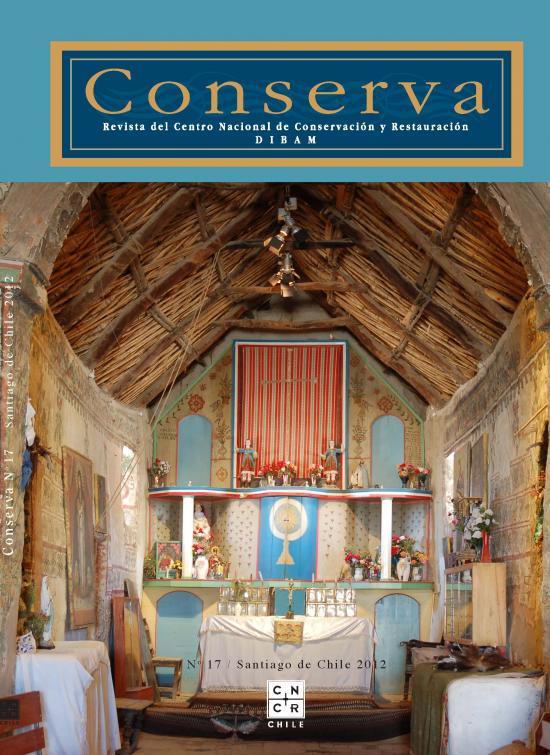Institución
Universidad Austral de Chile
Autores
Castillo Levicoy, Carlos
Resumen en inglés (Abstract)
The exploitation and use of native wood has been a cultural invariance since remote times. The first settlers (pioneers) that arrived to the Aysén region found the abundance of wood to be the source for building their homes. During this process the use of the hand-split wooden shingle marks a unique architectural past that today is struggling to stay alive. The main objective of this work seeks to value and disseminate the different cultural elements that characterize the hand-split wooden shingle as a traditional wood handicraft of the native forests of the Aysén region. Oral interviews were carried out and photographs were taken of the hand-split wooden shingles making process in the forest, of ancient sites of shingle crafting, and of old and new constructions with these shingles. Hand-split wooden shingles originated during the first exploitations of the alerzales (Fitzroya cupressoides (Mol.) Johnston.) in the 17th and 18th centuries in the areas of Chiloé, Puerto Montt, Osorno and Valdivia. Hand-split wooden shingle crafting reached the Aysén region at the end of the 19th century and became part of the cultural identity of the individual and the community where this craft was practiced.
Resumen en español
La explotación y uso de la madera en los bosques nativos ha sido una constante cultural desde tiempos remotos. Los primeros pobladores (colonos) llegados a la región de Aysén encontraron en la madera la fuente para construir sus viviendas y durante este proceso, el uso de la tejuela artesanal marcó un pasado arquitectónico propio y que lucha hoy para no desaparecer. El presente trabajo, tiene como objetivo central poner en valor y difundir los diversos elementos culturales que caracterizan al tejueleo artesanal como un oficio tradicional maderero en los bosques nativos de la región de Aysén. Se realizaron entrevistas orales y toma de fotografías de la elaboración de tejuelas en el bosque, de sitios antiguos de tejueleo, de construcciones antiguas y actuales. El tejueleo artesanal se originó en las primeras explotaciones de los alerzales (Fitzroya cupressoides (Mol.) Johnston.), ocurridas en los siglos XVII y XVIII, en las zonas de Chiloé, Puerto Montt, Osorno y Valdivia. A la región de Aysén el tejueleo llegó a los bosques nativos a fines del siglo XIX, pasando a formar parte de la identidad cultural del individuo y de la comunidad donde estaba inmerso el oficio.

Palabras claves
testimonio oral
identidad
memoria histórica
tejuelo artesanal
región de Aysén
Fecha de publicación
Año 2012
Coautores
Sanhueza Ulloa, Marcelo ; Corcuera Vliegenthart, Elisa
ISSN
0719-3858
Página
53-67
Colección
Publicaciones periódicas

